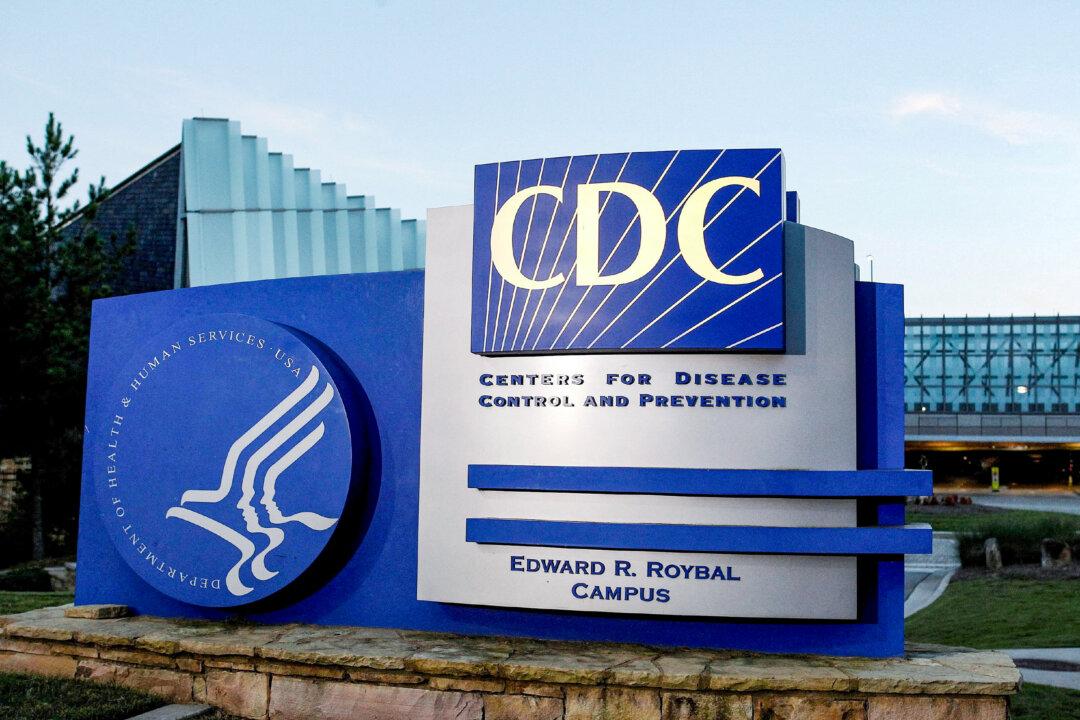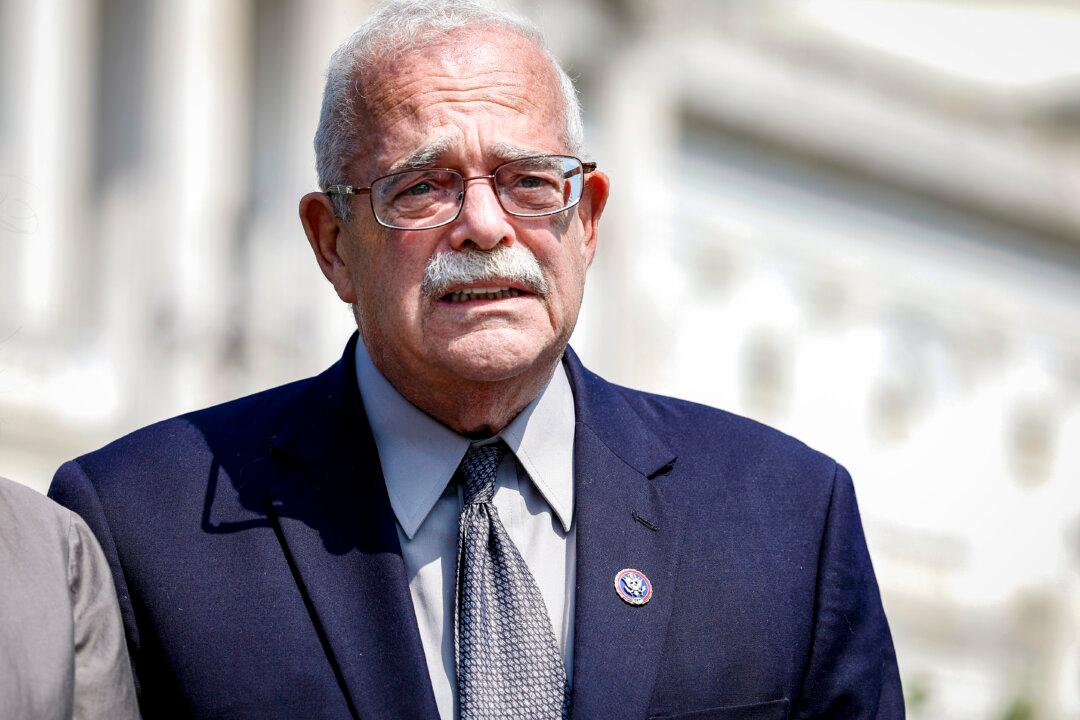Homicides and suicides among young Americans reached their highest levels in decades during the COVID-19 pandemic, according to a new Centers for Disease Control and Prevention (CDC) study.
The report (pdf) analyzed the homicide and suicide death rates among those aged 10–24 from 2001 to 2021.





